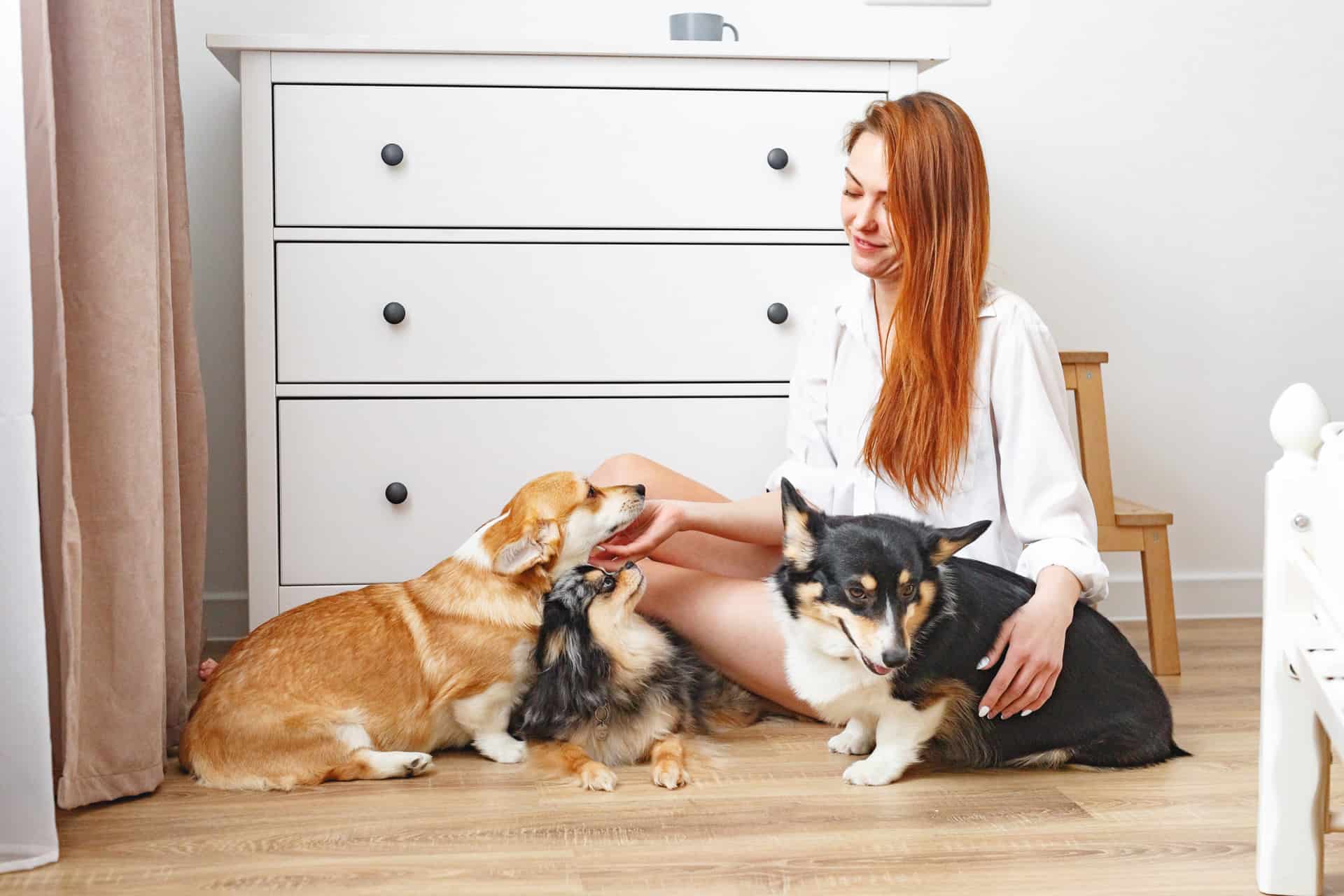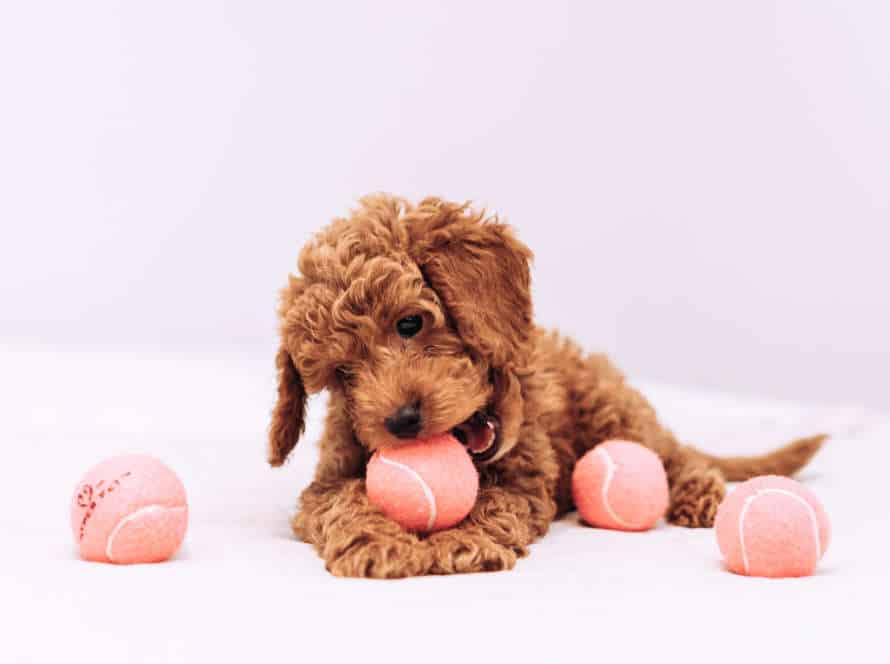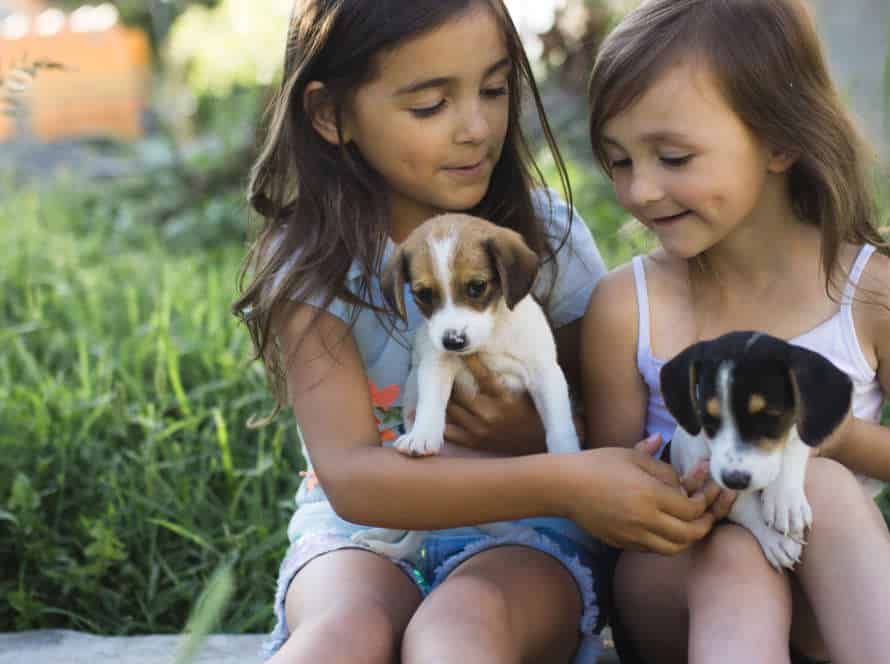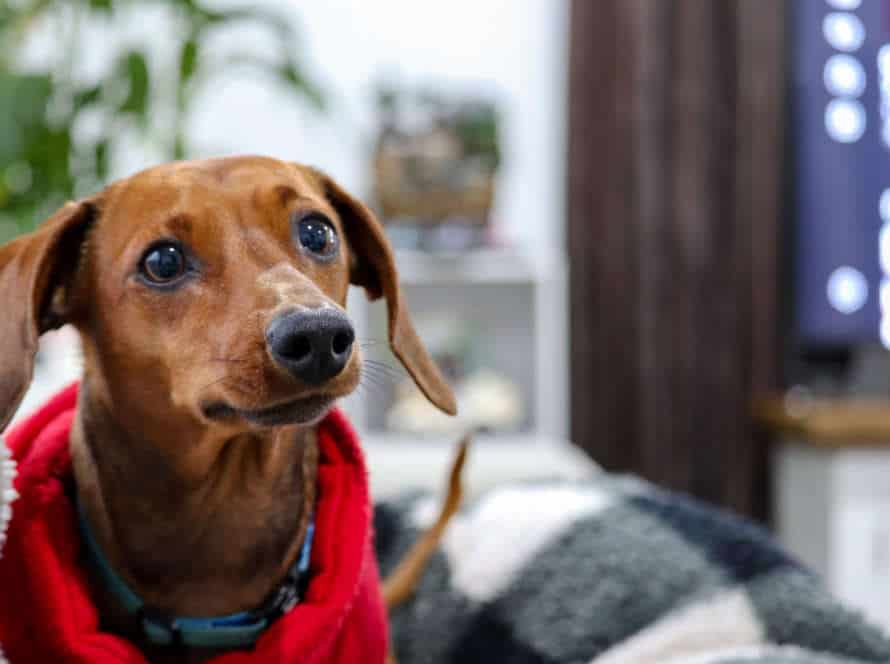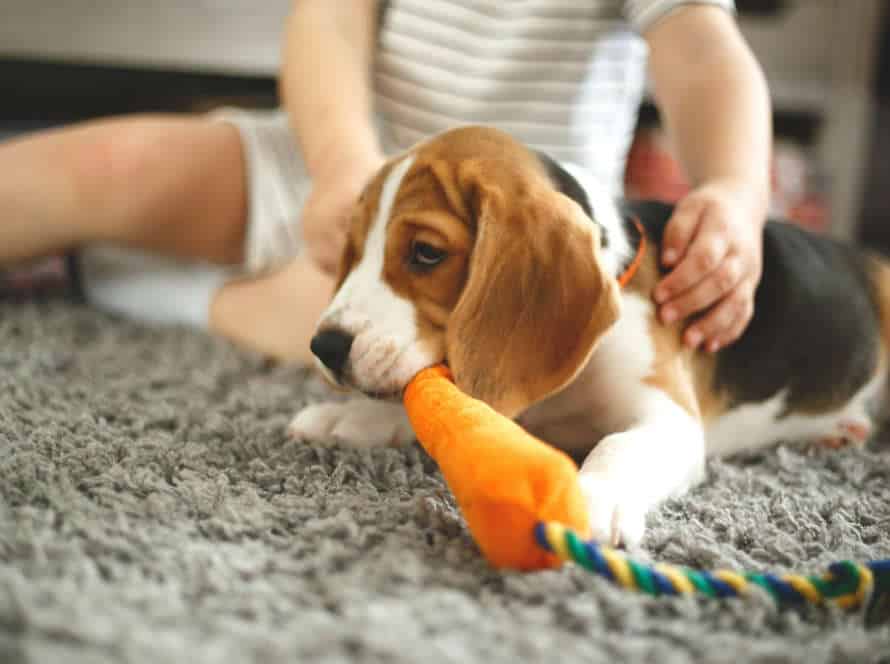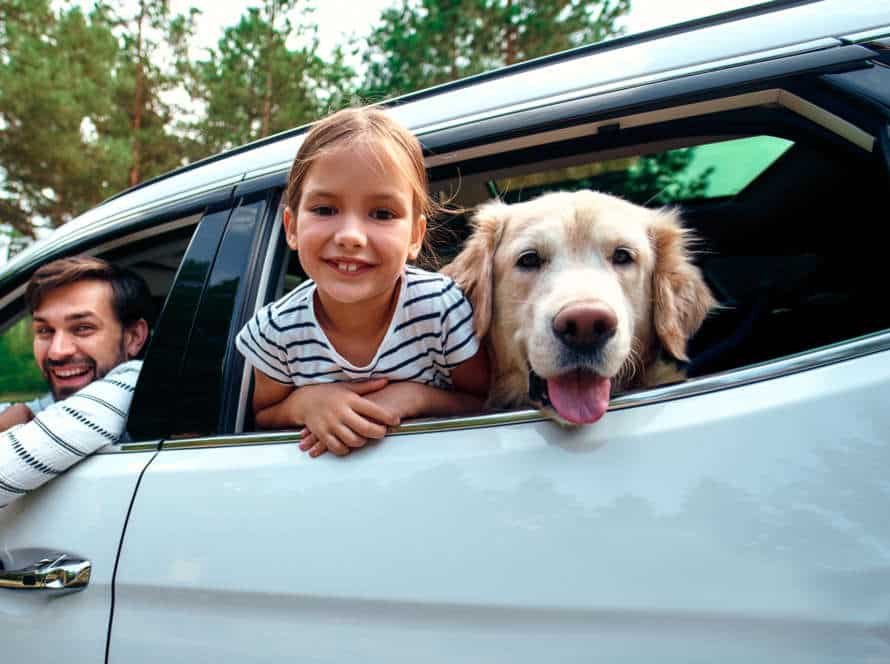Understanding Your Dog’s Social Needs
Dogs are social critters. They love being around people and other dogs. Each pup has its own needs and wants to make strong connections. To have a great home, we must understand our pup’s social needs and help make positive relationships between them.
Recognizing social behavior in dogs
Dogs are social animals. Knowing their social behavior is key to making strong connections between them, their owners, and other dogs in their pack.
Here are 3 social behaviors that dogs show:
- Body language: Tail wagging, ear raising/lowering, body posture.
- Vocalization: Barking, growling, whining – they express emotion.
- Play behavior: They learn social skills and build bonds through play.
Understanding and noticing these social behaviors helps owners create a positive environment for their dogs. This helps them stay happy and healthy.
Understanding the importance of socialization
Socialization is important for pups. It helps them build social skills and create good connections with humans and other canines. This can stop lots of behaviors like fearfulness, anxiety, and aggression.
Here are some tips for successful socialization:
- Start when they are young.
- Expose them to different places, people, and animals.
- Reward good behavior and avoid punishing them.
- Observe their body language and signs of stress.
- Give them time to get used to new places and activities.
- Promote positive interactions and play.
By socializing and building strong ties, you can give your pup a happier life.
Recognizing when your dog is uncomfortable in social situations
It’s key to comprehend your pup’s body language and conduct to recognize when they’re uneasy in social circumstances. Here are some signs to look out for:
- Tail tucked between legs, ears flattened, or body crouched? That’s a sign of fear and anxiousness. Your pup may feel endangered or not at ease in the current situation.
- Growling, snarling, or snapping? That’s hostile behavior if they feel strained or apprehensive. A way for them to communicate their uneasiness to you or those around them.
- Yawning, panting, or lip licking? Subtle signs of distress which may mean your pup is uncomfortable in social settings.
- Trembling or shaking? Could be a sign of fear or worry. Your pup may need some reassurance or a break from the social condition to chill out.
It’s vital to keep an eye on your pup’s body language and behavior to guarantee their comfort and well-being in social situations.
Building Positive Relationships Among Your Dogs
Having many dogs in your house can be hard, but also very rewarding. To have a successful multi-dog home, proper socialisation and introducing them in a good way is important. Let’s look at what it needs for positive relationships between your furry pals.
Introducing new dogs to your household
Introducing a pup to your home? It can be tricky, but it can also be really rewarding if you do it the right way. Creating positive relationships between your doggos is key for a peaceful home. Here are some tips to help:
- Introduce them on neutral ground where they feel safe.
- Don’t reward aggressive or domineering behavior – stay calm.
- Give them time to adjust and never leave them alone at the start.
- Give treats and praise for good behavior – they’ll remember it.
- Each pup should have their own place, like a bed or crate.
If you use these tips, you’ll have a happy, harmonious home with multiple dogs!
Training your dogs to interact positively
Train your pups to act good – this is essential for creating and maintaining good relationships between them. Here are some successful methods to motivate positive interactions:
- Socialize: Bring your doggos to other dogs and people when they are young to stop them from becoming scared or aggressive around people they don’t know.
- Reward Good Behavior: Give treats and compliments to your doggos when they behave nicely around other dogs. This will inspire them to connect positive interactions with other pooches.
- Keep an Eye Out: Keep a close watch on your doggos when they are with each other. Jump in if there’s any danger of a fight or angry behavior.
- Train Them: Teach your doggos commands like “sit,” “stay,” and “come.” This will show them you are the pack leader and stop power struggles.
- Exercise: Provide enough exercise and brain-stimulation for your doggos to avoid boredom and lessen the chance of bad behavior.
Managing conflict between your dogs
For good relationships between your dogs, managing conflict is key. Here are a few strategies to help:
- Reward good behavior with treats, toys and praise. This will make your dogs associate positive experiences with each other.
- Set clear boundaries for interactions among your dogs, people and other pets.
- Supervise their interactions until they’re comfortable together.
- Give them opportunities to socialize with other dogs and people. This will help them develop social skills and reduce anxiety.
Positive relationships take effort and time, be patient and consistent.
Strengthening the Bond Between You and Your Dogs
Strengthening the link between you and your dogs is key. This bond helps with understanding and creates a strong emotional tie. Check out these steps to boost the connection between you and your pooches!
Spending quality time with your dogs
Spending quality time with your pooches is a must to strengthen the bond between you and your furry buddies! Here’s how you can do it:
- Schedule regular playtime – Discover your pup’s preferred game and allot a certain time each day to do it. This helps make a routine and your doggos start expecting that time daily.
- Go for walks – Take your canine out for a stroll to a different place at least once every week. Exploring new places with your pup is a fantastic way to bond and keep ’em mentally active.
- Emphasize positive reinforcement – Utilize positive reinforcement techniques such as rewards, verbal praise, and play to motivate good behaviour in your dogs.
- Take training classes – Attend training classes with your dog as it is an excellent way to bond and learn new ways to communicate with your pup.
Pro tip – Remember, every pup has its own personality and preferences, so take the time to comprehend your dog’s uniqueness. This will help you establish a more solid connection with your furry pal.
Understanding your dog’s body language
It’s essential to know your pup’s body language to build a firm connection between you and your furry buddy. Grasping how your doggo acts and uses their body language can help you comprehend their preferences, detestations and the scenarios that make them anxious. Here are some standard signs to look out for:
- Tail wagging: A tail that moves doesn’t always mean joy. If it’s held high and wags tightly, it could be a sign of hostility or dominance. When wagging is partnered with relaxed body language, it implies contentment.
- Ears: Ears can say a lot. When loose, it means your pup is chill. When pointed up, it means they’re attentive. Drooping ears can exhibit fear, worry or aggression.
- Eye contact: Keeping an eye on your dog demonstrates them you rely on them, though at times, they could interpret it as a danger. Dogs usually dodge eye contact when they’re distressed or timid.
Knowing what your pooch’s body language implies fortifies their bond with you and encourages constructive relations with other dogs. Pro tip: Observe your pup’s body language in various conditions to get the best understanding of their behavior.
Recognizing and meeting your dog’s needs
Recognizing and meeting your pup’s needs is key to building a strong bond between you and your four-legged friend. Also, to help multiple dogs get along, we must provide equal attention and resources, set boundaries and rules, and watch interactions until they become good pals.
Dogs require our attention for basic needs like food, water, shelter, and hygiene. Plus, they need physical needs like exercise, playtime, and medical care. Additionally, they have social needs such as training, mental stimulation, and socialization.
By recognizing and fulfilling their needs, we can create a healthy relationship with our pup which helps them be better behaved and thrive. Building a strong bond with our furry friends will foster a positive and lasting friendship.
Promoting Socializing and Playtime
Playtime is prime for positive pup relationships! It helps teach them how to socialize with one another and form strong bonds. Not only that, but it’s also great for mental stimulation. These tips will make sure your dogs get along, stay happy and healthy.
- Encourage playtime between your dogs.
- Let your dogs explore and sniff each other.
- Socialize your dogs in different environments.
- Play games like tug-of-war.
- Offer rewards for good behavior.
Socializing your dogs outside of the household
Socializing your pups outside the home is important for forming a positive bond and having fun! Here are some tips:
- Introduce your dogs to new people in a controlled environment, like a dog park or pet store.
- Let them socialize with other dogs of different breeds and sizes, with you supervising.
- Give them interactive toys, like fetch or tug-of-war, to play with others.
- Avoid overly-excitable or aggressive dogs during these activities.
In summary, socializing your dogs helps them build confidence, enjoy playtime, and form a stronger connection. Supervise their interactions and provide a safe space.
Bonus tip: Socializing not only betters their emotional health, but it also stops aggressive behavior towards other animals and people.
Scheduling playtime with other dogs
Scheduling playtime with other dogs is a great way to encourage socializing and positive relationships. It helps with developing better social skills, reducing anxiety and stress, and improving overall health.
Tips:
- Pick dogs with similar personalities and play styles.
- Choose a fenced-in, safe area with open space.
- Start with short, supervised play sessions.
- Be alert for signs of stress or aggression, and stop playtime if needed.
- Provide treats and positive reinforcement.
- Regularly scheduling playtime strengthens bonds and relationships with furry friends.
Joining a dog club or organization for socialization opportunities
Want to give your pup socialization and positive relationships? Join a dog club! Here’s what you can expect:
- Playtime – Clubs organize playdates and sessions for pups to run, play and meet others safely.
- Training – Need help with obedience? Classes and programs with experienced trainers and behaviorists are available.
- Activities – Agility, tracking, nose work and obedience trials are just some of the activities offered.
- Bonding – Meet other dog owners with the same passion as you!
- Pro tip – Research the club’s reputation, rules and policies to make sure it fits your needs and pup’s.
Frequently Asked Questions
Q: How can I encourage positive relationships among my dogs?
A: There are several things you can do to encourage positive relationships among your dogs, including regular exercise, training sessions, and positive reinforcement for good behavior.
Q: What should I do if my dogs are fighting?
A: If your dogs are fighting, it’s important to separate them immediately to prevent injury. Once they are separated, you should consult with a professional dog trainer or behaviorist to address the underlying issue and prevent future fights.
Q: Is it okay to have multiple dogs in one household?
A: Yes, it can be okay to have multiple dogs in one household, as long as you are able to provide each dog with proper care, attention, and training. However, it’s important to recognize that introducing a new dog to your household can be a complex process and should be done with care.
Q: Should I let my dogs sleep in the same bed?
A: Whether or not you choose to let your dogs sleep in the same bed is a personal decision. However, it’s important to establish rules and set boundaries with your dogs to prevent dominance issues and ensure everyone is comfortable and safe.
Q: How can I tell if my dogs are getting along?
A: Some signs that your dogs are getting along include relaxed body language, playfulness, and willingness to share resources. However, it’s important to supervise your dogs closely and intervene if necessary to prevent negative interactions.
Q: What can I do if my dogs don’t seem to like each other?
A: If your dogs don’t seem to like each other, it’s important to work with a professional dog trainer or behaviorist to address the underlying issues and improve the relationship. This may involve individual training sessions with each dog and gradual introduction exercises.

